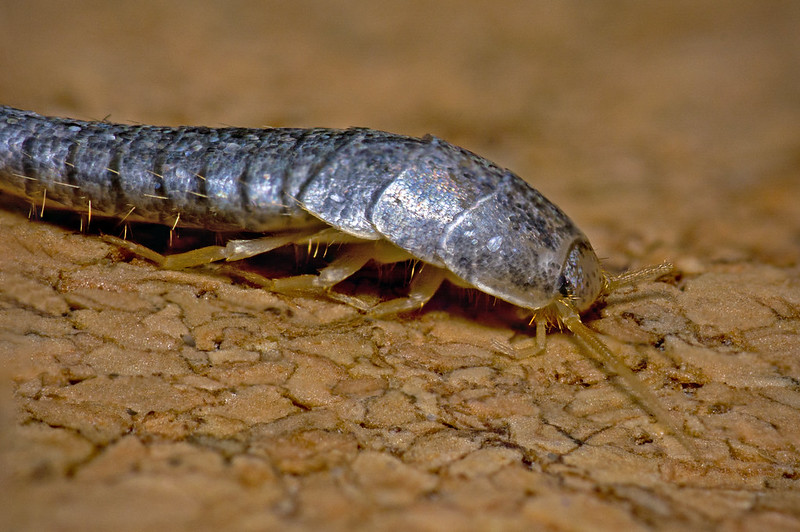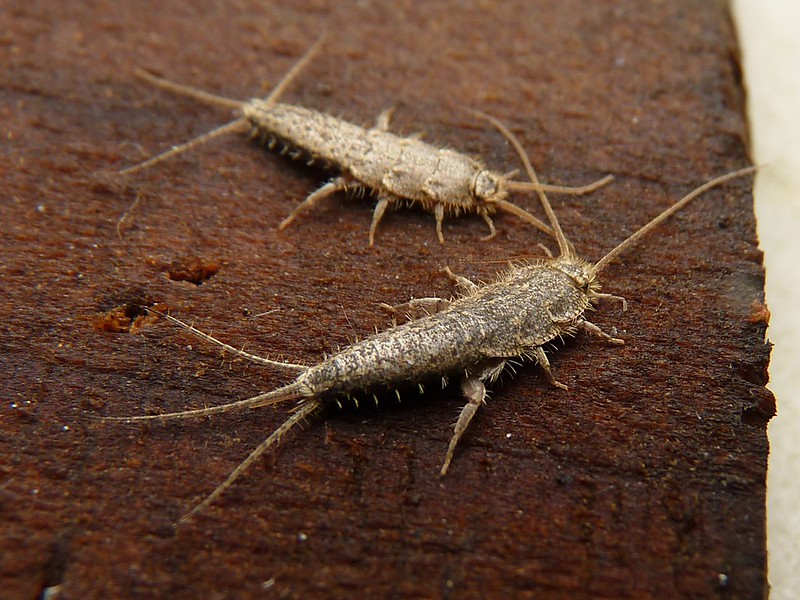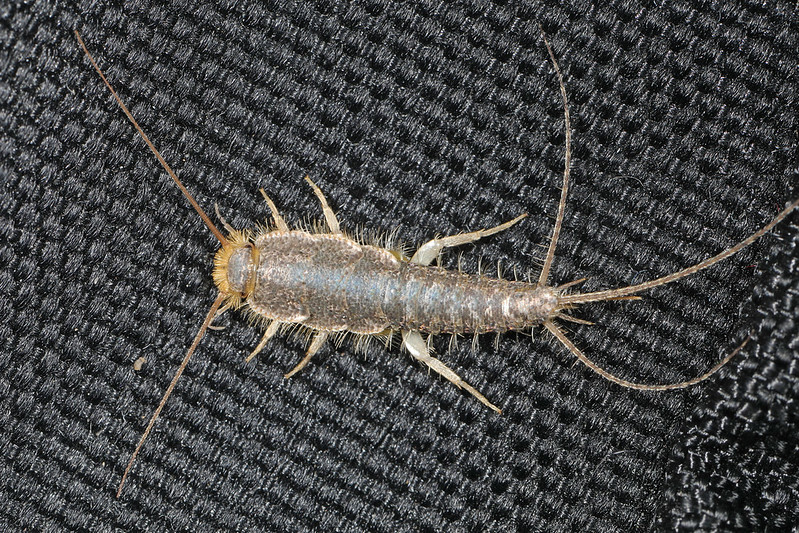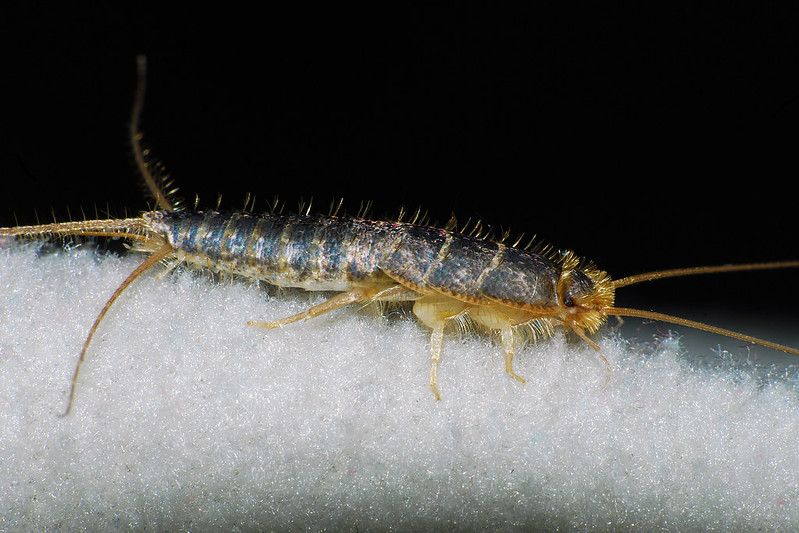Silverfish are wingless pest insects with tapered and segmented bodies and a white to silvery appearance. Whether you appreciate the natural grace and stunning colors of these bugs or they simply creep you out, you have compelling reasons to take steps to deal with a silverfish infestation in your home as soon as possible.
These critters may not bite, sting, or carry diseases, but that doesn’t make them harmless. Not only do silverfish release allergens as they (frequently) molt and shed their old exoskeletons, they also eat your books, papers, fabrics, and even raid your pantry. In addition, the fact that silverfish need high humidity levels to survive can only mean one thing — if you have a silverfish problem, you also have a moisture problem.
How to Kill Silverfish
If you want to know how to kill silverfish as fast as you can, you will want to look for quick fixes. In areas of the home out of reach of pets and rarely frequented by humans, you can use dusts like boric acid and diatomaceous earth, sprinkling them around royally and trying to get them into the small cracks and crevices where silverfish hang on, too. Both boric acid and diatomaceous earth are generally considered to be safer insecticides, as they are derived from natural sources. That does not mean they pose no danger, though, and you will want to avoid dusting them in areas where you go a lot.
Your go-to chemical insecticide options would be pyrethrins, which will quickly force silverfish to retreat to more hidden areas deeper within your home, in combination with residual bug sprays that linger for longer, killing silverfish. As an alternative to wielding insecticides yourself, you could also consider calling in a pest control company. This is a good option to consider if you have a silverfish allergy and are desperate for quick remediation.
Natural Treatment Options: An Environmental Approach to Eliminating Silverfish
Killing silverfish is a short-term solution. Altering the conditions in your home so that your property is no longer appealing (or even livable) to silverfish would be your ultimate goal — and although this takes much more of an effort as well as potentially requiring more serious investments, the good news is that this process generally makes your home healthier to be in for people, as well.
Silverfish require high humidity levels of over 75 percent, and experts on indoor air quality recommend that your home never exceed 60 percent, while ideally staying at a relative humidity of 50 percent or less. Depending on the cause of high humidity in your home, the solution may be simple or complex.
It may be as easy as committing to never line-drying your laundry indoors and wiping your bathroom and kitchen dry after each use, plus increasing ventilation by opening your windows much more often and for longer.
The job could also be as expensive as installing dehumidifiers, exhaust fans, and having a leaky roof or leaky pipes repaired.
In addition, you will want to take steps to take away food sources. Although silverfish can last a long time without food, it will help. Store dried grains, starches, pet food, and other pantry items in airtight containers. If you store your out-of-season fabrics in dark areas and out of sight, strongly consider using vacuum-sealable bags. Keep your kitchen and other areas of your home free from food crumbs at all times. Got an impressive book collection? Don’t store your books in cabinets with doors, but on open bookshelves that get a lot of light, and make sure they remain dry at all times.
Can You Prevent Silverfish Going Forward?
It might be difficult, but it can be done. Silverfish also live outdoors if the conditions there are right, and may come into your home when they have the chance. You will want to have cracks and crevices sealed with caulking or steel wool, remove organic materials (like wet wood) from your foundation walls, and consider creating a diatomaceous earth barrier immediately around your property.
Combined with lower humidity levels and scare food supplies, these steps will mostly keep silverfish out. You may still see the odd one here and there, but it will no longer reach the level of an infestation.
Citations and Credits



